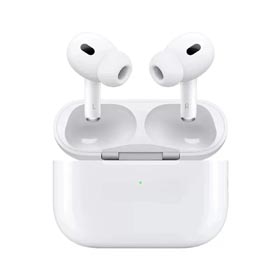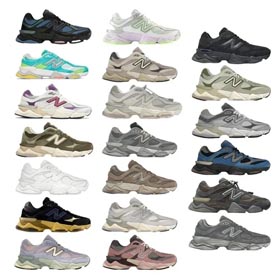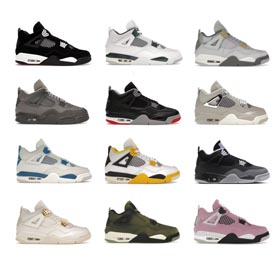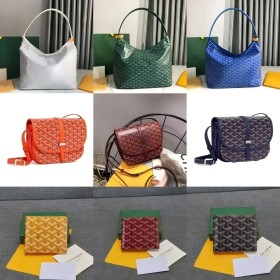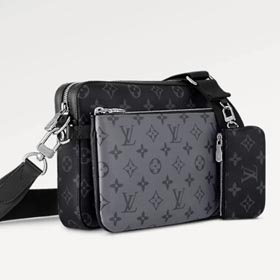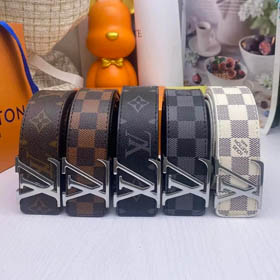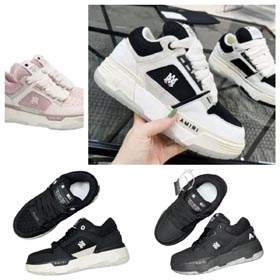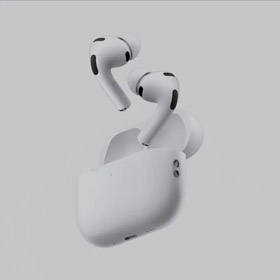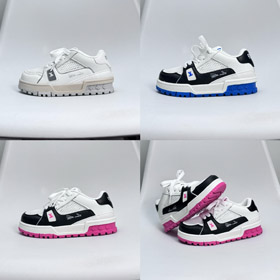Humble Beginnings in Basingstoke
Founded in 1856 by 21-year-old Thomas Burberry, this British luxury fashion house began as a small draper's shop in Hampshire, England. Burberry's innovative vision quickly transformed the company from a local business into an international brand. His breakthrough came in 1879 with the invention of gabardine, a waterproof yet breathable fabric that revolutionized outdoor clothing. This material would later become the foundation of the brand's most iconic product.
The Birth of an Icon: The Trench Coat
Originally designed for British military officers during World War I, the Burberry trench coat became the brand's signature piece. Its distinctive features - including the gun flap, storm shield, and D-ring belt - were all developed for practical battlefield purposes. After the war, this utilitarian garment transitioned into civilian wear, becoming a symbol of British sophistication. Today, the trench coat remains central to Burberry's identity, with modern interpretations continually refreshing this timeless design.
The Evolution of the Classic Check Pattern
First introduced in the 1920s as a lining for the trench coats, the beige, black, white, and red check pattern became one of fashion's most recognizable trademarks. Throughout the 20th century, this distinctive plaid symbolized British heritage while adapting to changing trends. In recent decades, creative directors like Christopher Bailey and Riccardo Tisci have reinterpreted the classic check, keeping it relevant for new generations of luxury consumers. Currently, the brand offers various products featuring this signature pattern, from scarves and accessories to limited-edition collections.
Modern Transformation in the Digital Age
Under the leadership of various visionary designers, Burberry has maintained its heritage while embracing digital innovation. The brand pioneered live-streamed fashion shows and digital shopping experiences, setting new standards for luxury retail. Recent collections balance the house's archive inspirations with contemporary streetwear influences, appealing to both traditional clients and younger demographics. Sustainability initiatives have also become crucial to Burberry's evolving identity, including commitments to carbon neutrality and ethical sourcing.
Cultural Impact Beyond Fashion
Burberry's influence extends far beyond clothing, representing quintessential British style in popular culture. From appearances in classic films to collaborations with music artists, the brand consistently reinforces its position at the intersection of tradition and modernity. With its artful blend of innovation and heritage, Burberry remains one of the world's most valuable luxury brands, continuing Thomes Burberry's original mission of creating timeless yet progressive designs.
Today, Burberry maintains its status as a global luxury powerhouse by honoring its rich history while constantly reinventing itself for the future. From military outfitter to fashion innovator, the brand's journey reflects over 160 years of British design excellence - a truly remarkable achievement in the ever-evolving world of fashion.

